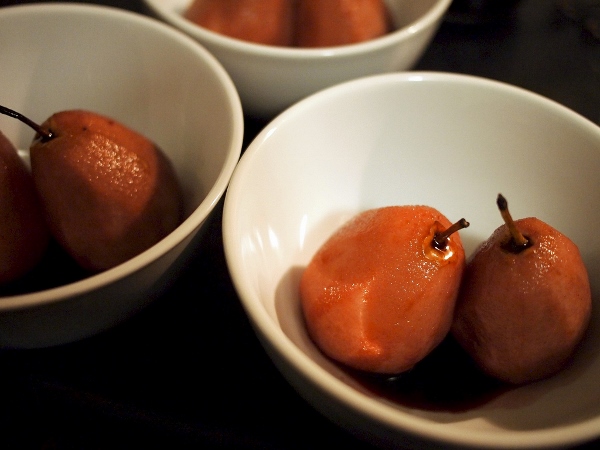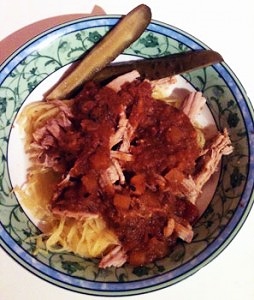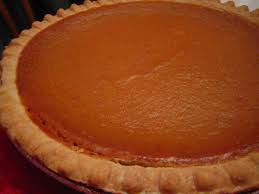Unlike bacon that comes from the pork belly, Canadian bacon (also called back bacon or Irish bacon) is made with trimmed pork loins or tenderloins. It is traditionally wet-cured by injecting the meat with a curing solution. In England this bacon includes the fat portion of the loin. Read more about making bacon in Mike Stines’ article here.
Ingredients
1 2 1/2-pound center cut boneless pork loin
For the brine:
2 quarts water, divided
1/2 cup (4.95 ounces or 140 grams) coarse kosher salt
1/2 cup dark brown sugar, packed
4 Turkish bay leaves, crumbled
1 tablespoon whole black peppercorns
4 cloves garlic, minced
2 level teaspoons pink salt
Instructions
Remove any fat and silverskin from the loin. (The trim weight will be about two pounds.)
Bring one quart of water to a simmer over medium heat. Add the remaining brine ingredients except the pink salt. Simmer and stir until the salt and sugar is dissolved. Remove from heat, add the remaining quart of water and cool to 40 degrees F. Once the brine is cool add the pink salt and stir well to dissolve.
Using a kitchen syringe, inject the pork loin with the brining solution (you want to inject 10 to 15 percent of the raw weight with the brine solution so for this loin I used one half cup of brining solution). Place the injected loin in a large nonreactive container. Cover with the remaining brine and refrigerate at least five days or up to seven days, turning every day.
After brining, soak the loin in cold water for at least one hour, changing the water every 30 minutes. Pat the loin dry and refrigerate, uncovered on a cooling rack over a half sheet pan, for one or two days to allow a pellicle to form.
Remove the loin from the refrigerator and season liberally with your favorite pork rub or Cajun seasoning. My recommendation is 1/2 to one tablespoon of rub per pound. Bring the loin to room temperature. I tie the loin with butcher’s twine to form a cylindrical roll but it’s not really necessary.
Prepare your smoker for cooking at 225 degrees F., using apple and sugar maple wood (or whatever wood you prefer; I would not use mesquite or a heavily flavored wood). Smoke the loin to an internal temperature of 150 degrees F. (about two hours or so depending on your smoker temperature). Remove the loin from the smoker and allow it to cool for at least 30 minutes before slicing.
After smoking, the loin weighed in at one pound seven ounces so if you’re going to the time consuming process of making your own bacon, it’s probably a good idea to do either a full loin or a half loin.
Pan-fry or oven-roast the slices to your desired degree of doneness (you don’t want to overcook the bacon). The sliced, uncooked bacon may also be frozen between sheets of waxed paper and wrapped with plastic wrap for up to six months.





